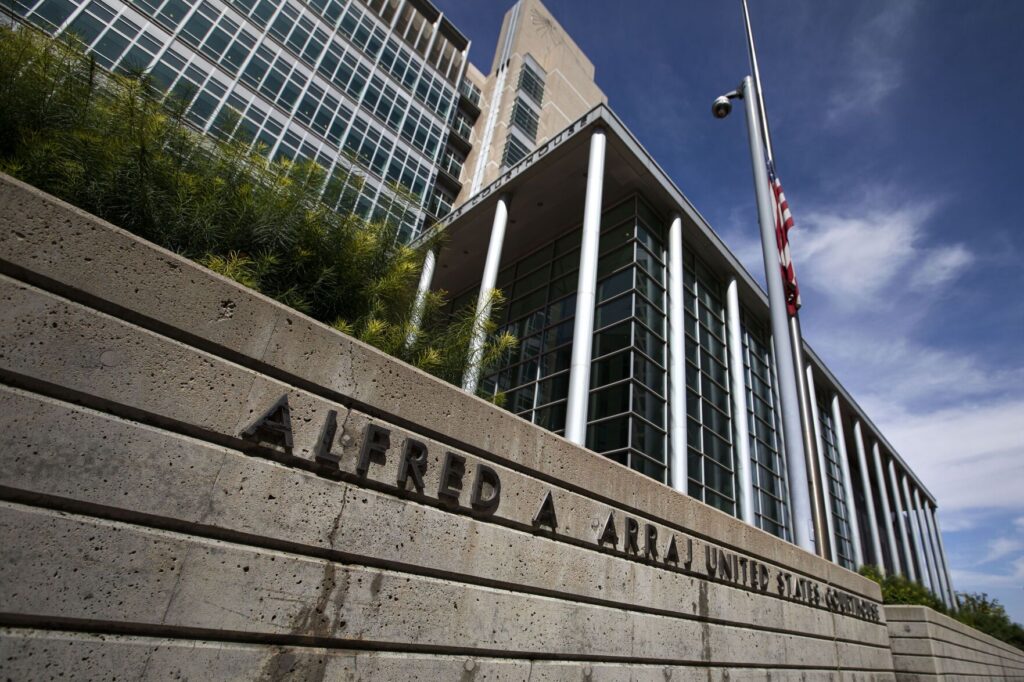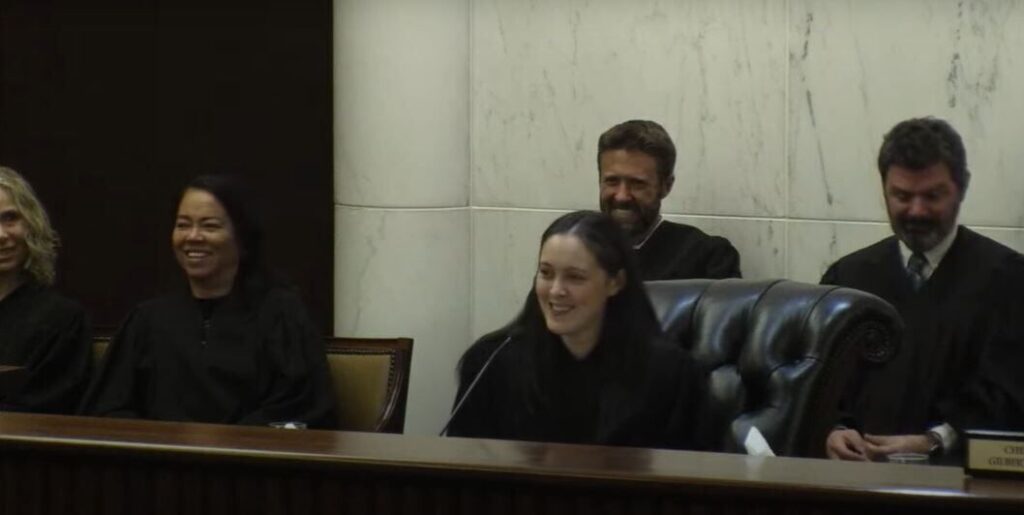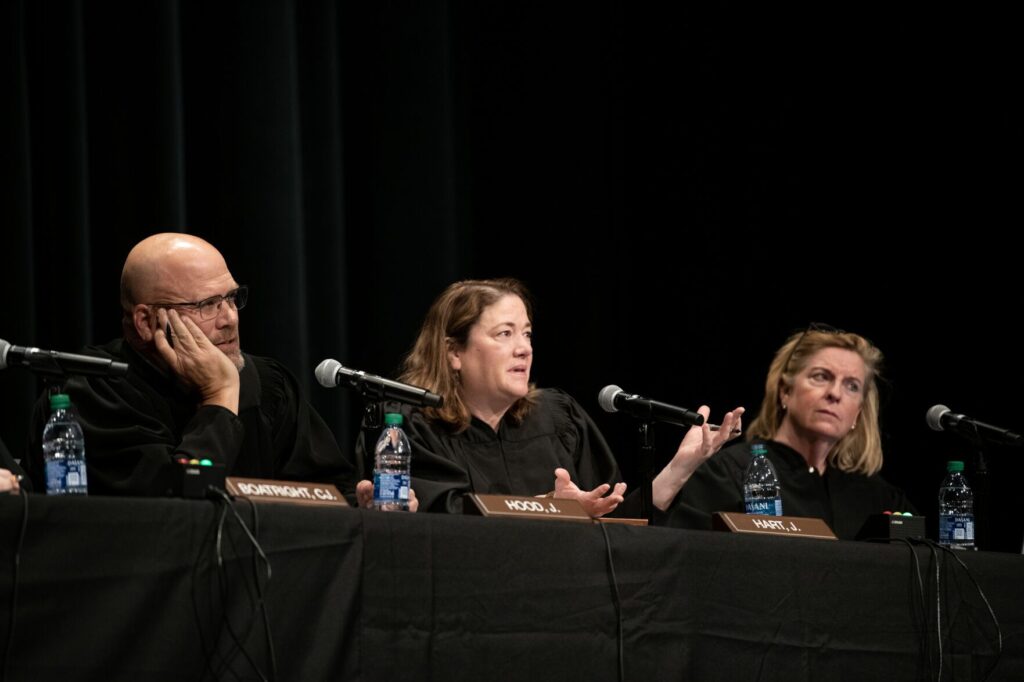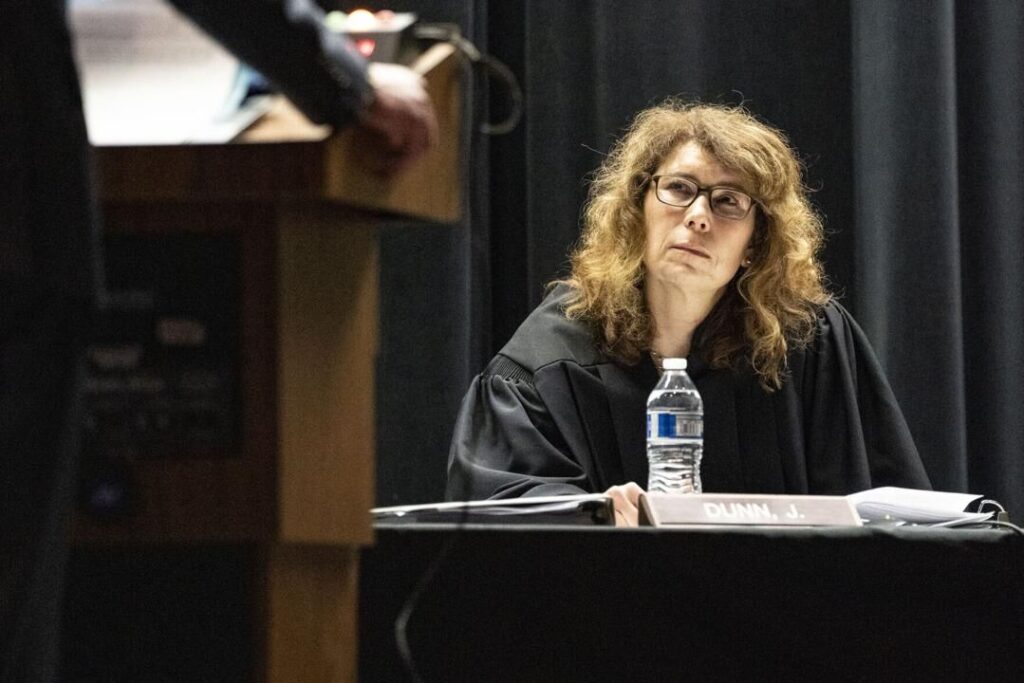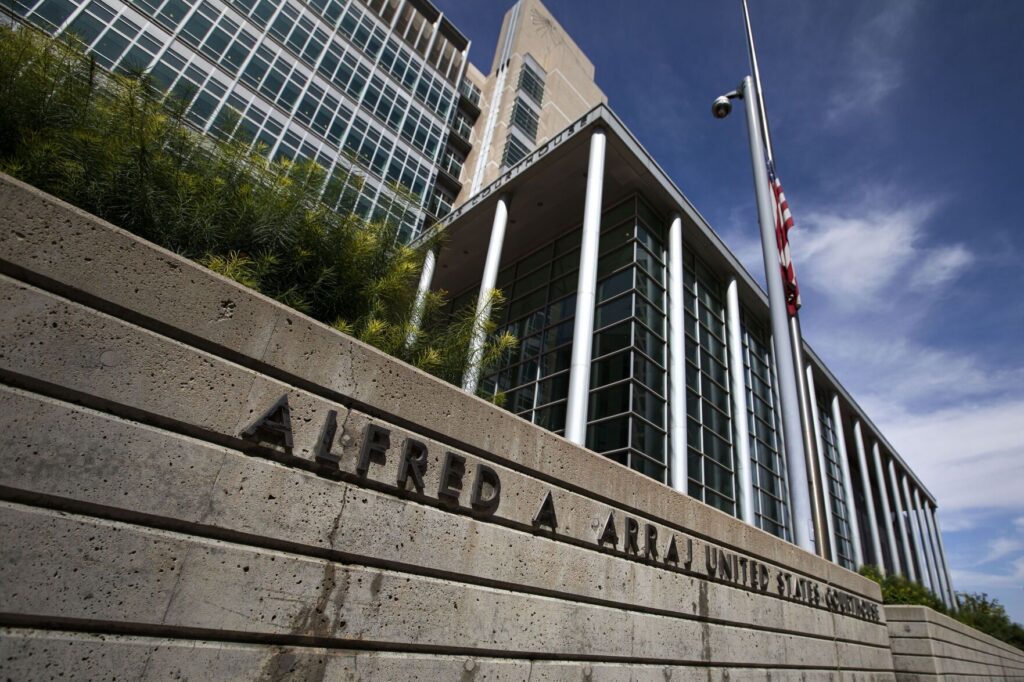Fountain police had no probable cause to deploy drug-sniffing dog, appeals court rules

An El Paso County judge wrongly concluded that Fountain police acted lawfully when they used a drug-detection dog to uncover illegal narcotics in a man’s vehicle – even though there was no probable cause of a crime, the state’s Court of Appeals ruled on Thursday.
By a 2-1 decision, a panel of the appellate court agreed that the legalization of marijuana in Colorado meant that dogs trained to alert police to marijuana are no longer reliable indicators of illegal activity. As a result, police did not have a basis to deploy their drug-sniffing dog on the vehicle of Matt William Snodgrass simply because he had a legal amount of marijuana on his person.
“Because such a person may lawfully possess marijuana in a small amount, a drug-detection dog that alerts to marijuana can no longer be said to detect only contraband,” wrote Judge Anthony J. Navarro in the Jan. 6 opinion.
Fountain Police Officer Justis Reder discovered Snodgrass slumped over the steering wheel of his car in an empty parking lot one night in May 2017. After telling Reder his name, Snodgrass said he did not have any warrants and asked if he could leave. Reder learned from dispatch, however, that Snodgrass did have an active arrest warrant and he called for backup.
Reder arrested Snodgrass after fellow Officer Shannon Daly arrived. Reder found an unsealed bag of marijuana in Snodgrass’ pocket – containing a legal amount of the substance under state law – and Daly discovered an empty marijuana container while searching by the driver’s door.
Daly also summoned her police dog, who is trained to indicate for marijuana, methamphetamine and other narcotics. After the dog alerted her to the driver’s side, Daly performed a thorough search of the car and found methamphetamine as well as a pipe.
Prosecutors charged Snodgrass with multiple drug possession offenses and a jury convicted him.
Prior to trial, the defense asked District Court Judge Jill Brady to prohibit the items Daly found in the car from being used as evidence. Snodgrass pointed to the 2017 decision from the Court of Appeals in People v. McKnight. At the time, the appellate court found that the Fourth Amendment did not protect a person from police use of drug-sniffing dogs during a traffic stop.
However, Colorado voters in 2012 legalized possession of certain amounts of marijuana for those older than 21. Under the state constitution, deployment of a dog trained to detect marijuana could, in fact, alert police to the legal possession of cannabis as well as the illegal possession of other drugs. For that reason, the Court of Appeals considered the tactic a search under Colorado law requiring greater protections for the accused – namely that police have reasonable suspicion of criminal activity.
Brady declined to suppress the methamphetamine and pipe evidence, concluding incorrectly that the McKnight decision was not binding on her. She also decided the Fountain officers reasonably suspected they would uncover evidence of illegal activity in Snodgrass’ car.
It was only after Snodgrass’ conviction that the Colorado Supreme Court reviewed the Court of Appeals’ McKnight decision and ruled that police must meet the higher threshold of probable cause when using dogs trained for marijuana detection.
The government, responding to Snodgrass’ appeal, believed the police acted lawfully in deploying the drug-sniffing dog. For example, the officers had observed Snodgrass acting suspiciously. He also had an open bag of marijuana, and Reder’s experience was that people who had drugs on their person commonly had additional substances in their cars.
The Court of Appeals panel rejected those justifications. Snodgrass could have been nervous because he knew he had an active warrant, Navarro explained in the opinion. Further, an open bag of marijuana was not the same thing as an illegal open container.
“As a result, the facts known to the officers simply showed unusual (but understandable) nervousness and entirely legal conduct,” Navarro wrote for himself and Judge Neeti Vasant Pawar. To Reder’s testimony that drugs on a person typically indicate more drugs elsewhere in a vehicle, “we cannot assign a great deal of weight to that opinion, else we would give officers essentially carte blanche to search a car whenever they find a legal amount of marijuana on the car’s driver or passenger.”
The panel’s majority reversed Snodgrass’ convictions. The third member of the panel, Judge Matthew D. Grove, agreed with some of the majority’s findings. He acknowledged that the officers needed probable cause to search Snodgrass’ vehicle, and that they did not have it.
But he ultimately believed the police were acting in good faith because, at the time of Snodgrass’ arrest, state courts had not yet placed conditions on the use of drug-detection dogs in the wake of marijuana legalization.
“Simply put, existing case law at the time of Snodgrass’s encounter with the police made clear that a dog sniff was not a search,” Grove wrote. He added that he would “reluctantly” uphold the trial court’s decision not to suppress the evidence.
The case is People v. Snodgrass.



